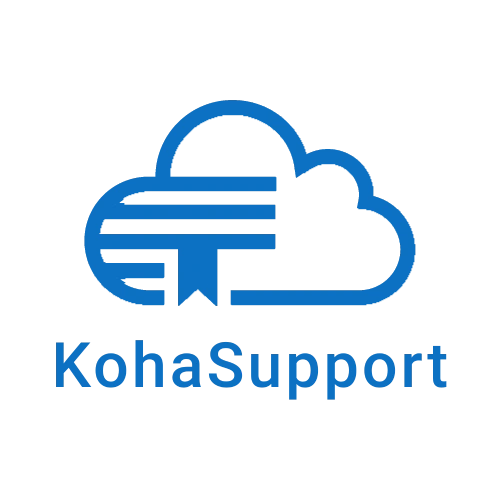What Is a MARC Record in Koha Library Management?
In modern library systems like Koha, a MARC record—short for Machine-Readable Cataloging—is the backbone of bibliographic data management. Developed in the 1960s by the Library of Congress, MARC was designed to make bibliographic information machine-readable, enabling libraries to automate cataloging processes and share metadata efficiently across systems.
Understanding MARC in the Koha Context
Koha, as an open-source integrated library system (ILS), is built around the MARC21 standard. Every item you catalog in Koha is stored as a MARC record composed of fields, subfields, and tags, each of which holds specific data elements such as:
-
100 – Main Entry (Author)
-
245 – Title Statement
-
260/264 – Publication Information
-
650 – Subject Headings
-
020 – ISBN
These structured fields allow Koha to store and display complex bibliographic records in a consistent format that is both searchable and interoperable.
Why MARC Records Matter in Koha
MARC records are essential in Koha for several reasons:
-
Standardization – Enables uniform cataloging practices and ensures compatibility with national and international databases.
-
Data Sharing – Allows Koha libraries to import and export records using Z39.50 servers, reducing duplication of effort.
-
Discoverability – Facilitates precise search and retrieval in the OPAC (Online Public Access Catalog) thanks to indexed MARC fields.
-
Flexibility – MARC fields can be customized or extended within Koha’s frameworks to suit specialized cataloging needs
Benefits of MARC in Koha Library Systems
| Benefit | Description |
|---|---|
| Interoperability | MARC records can be imported/exported between Koha and other systems via Z39.50 or SRU/SRW protocols. |
| Efficiency | Libraries avoid duplicating cataloging work by reusing MARC records from sources like LOC, OCLC, and other Koha libraries. |
| Precision | Detailed subfields (e.g., $a, $b, $c) support granular cataloging and improve search accuracy in Koha. |
| Automation | MARC-based records are structured for automation—batch imports, authority control, and reporting are all enhanced. |
Challenges of Working with MARC
Despite its power, MARC has a steep learning curve:
-
Requires knowledge of field structure, tags, and controlled vocabularies.
-
Cataloguers must ensure consistency and accuracy in subfield entry.
-
Transitioning from older formats or inconsistent data requires cleanup and standardization.
However, Koha eases this complexity by offering:
-
A built-in MARC editor with templates
-
Authority control for names, series, and subjects
-
Import/export tools for batch processing
MARC vs. Other Metadata Standards
While newer standards like BIBFRAME are being developed to better support linked data on the web, MARC remains dominant in integrated systems like Koha due to its maturity and widespread support. Most Koha libraries still rely on MARC21 because of its deep integration into cataloging workflows and union catalogs.
Final Thoughts
A MARC record in Koha is more than just a data entry format—it’s a structured metadata framework that enables efficient cataloging, resource sharing, and patron access. By mastering MARC, Koha librarians can unlock the full potential of their collections, ensure accurate discovery, and collaborate effectively with peer institutions.
Whether you’re importing records from a national library or building your catalog from scratch, Koha’s MARC-based environment offers the tools and flexibility needed to manage bibliographic data at any scale.
